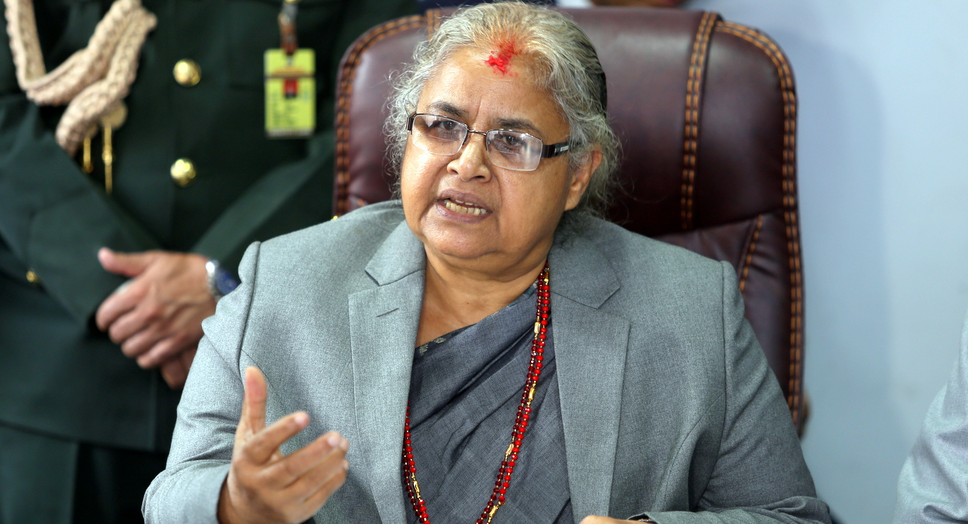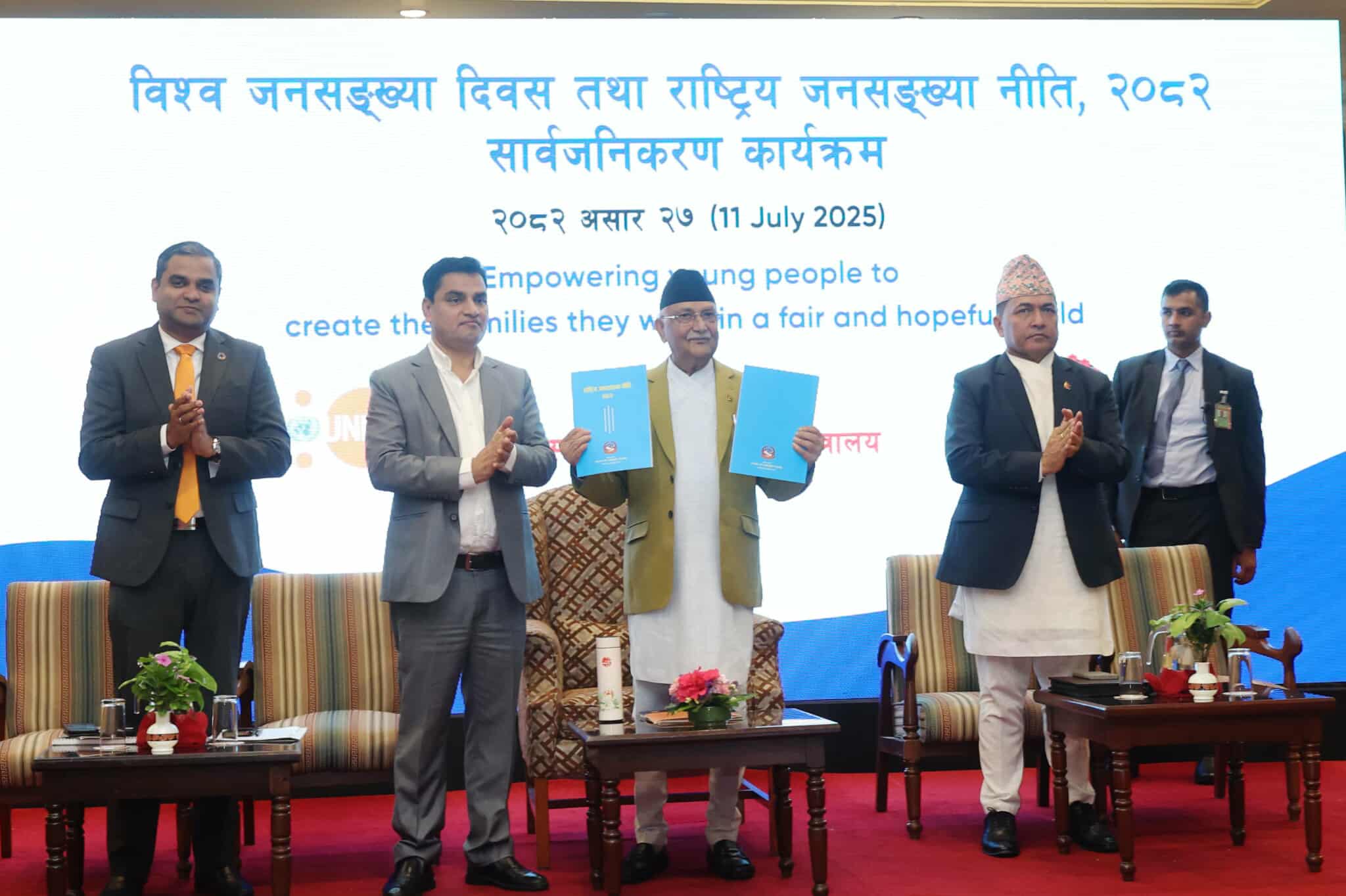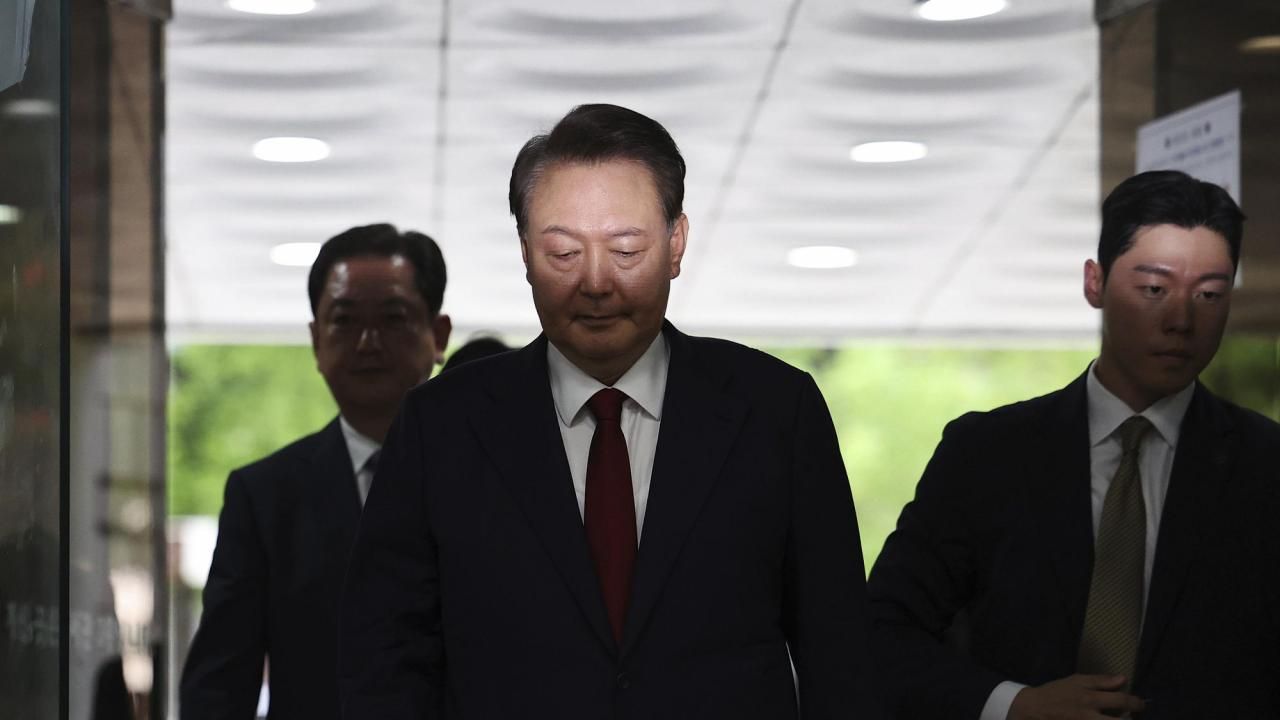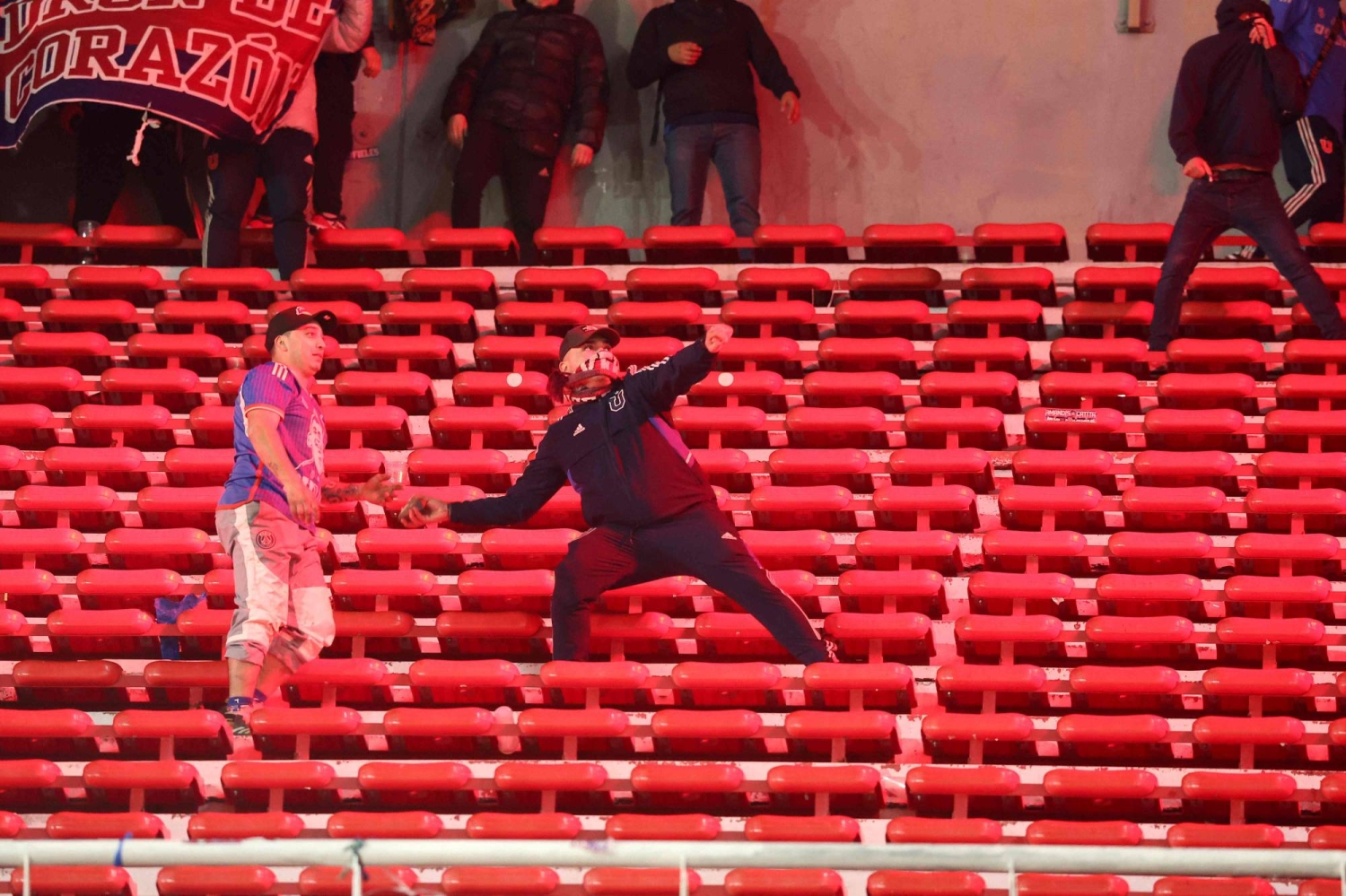Beijing hosted the first-ever World Humanoid Robot Games, a three-day event featuring 280 teams from 16 countries, highlighting advances in artificial intelligence and robotics. Along with conventional sports like football, table tennis, and running, there were robot-specific activities like cleaning, supply management, and sorting medications.
In this regard, teams were made up of private companies and colleges. Most of the robots used in the games came from Chinese manufacturers such as Fourier Intelligence, Unitree, and Booster Robotics. Robots would participate in challenges to measure them against each other in terms of agility, coordination, and problem-solving, which could eventually be applied in an industrial venture like factory positioning.
The games offered research with play, and it wasn't uncommon for robots to stumble or collide during football or racing events, requiring an intervention from a human to help them recoup. Some observers cheered when a robot managed to get up on its own after falling, a demonstration of tenacity and coordinated movement.
Participants said the games provide a valuable platform to experiment with new ideas without the risk of costly failures. Max Polter of Germany's HTWK Robots football squad stated, "It's better to have a robot fail here than after investing millions in real-world products."
China’s investment in robotics is part of a national strategy to address challenges like an aging population and global competition in advanced technologies. The nation has established specialized robot retail establishments and conducted other robotics events, such as the first humanoid robot marathon in history.
Organizers said the event not only entertains but also generates data to improve robot design, helping prepare humanoids for practical uses in industries such as manufacturing and logistics.
The games drew large audiences, with ticket prices ranging from between 128 and 580 yuan ($18–$81). There were a few crashes and crashes, but the competition showed how China is moving into the global robotics and AI space.

.jpg)







.jpg)


.png)
.jpg)
.jpg)
.jpg)
.jpg)
.jpg)


.jpg)
.jpg)
.jpg)
.jpeg)
.jpg)
.jpg)
.jpg)

.jpg)